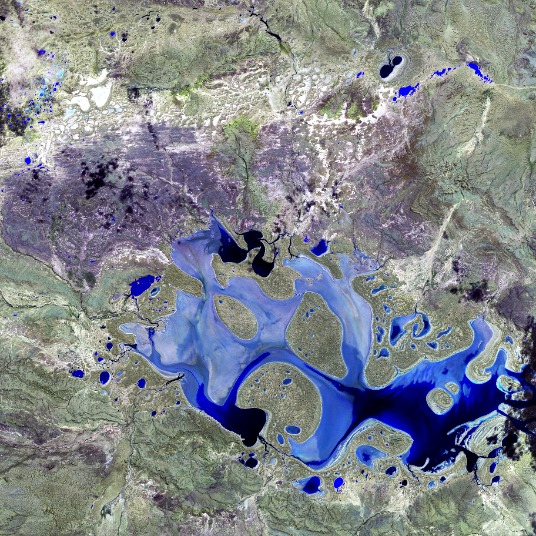Resilience to climate change: what everyone needs to know
In May 2023, Emilia-Romagna in Italy experienced severe flooding, affecting residents, businesses, and infrastructure. Roads and railways were disrupted for days. In November, a powerful storm hit Tuscany, causing industrial losses, hospital evacuations, and infrastructure damage. These events highlight the increasing frequency of natural disasters and their significant economic impact. As climate-induced events rise globally, the critical question is whether advanced technologies can help estimate, prepare for, and respond to such disasters. Eoliann believes they can, and this article explores how.
Beyond the Damage: Understanding Climate Risks
Natural disasters, while evident in their immediate destruction, have lasting impacts that go beyond the physical realm. According to the European Environment Agency, flood-related damages in Europe exceed €12 billion annually, with the cost of climate-induced events reaching an astounding €145 billion over ten years. And for the infrastructure companies, insurance companies and banks, these aren’t just statistics. They represent claims that need to be processed, businesses to be supported, and, ultimately, profits that are affected.
A reactive approach is not the solution. By solely acting after disasters unfold, we miss out on the broader financial and societal benefits of preemptive actions. In Emilia-Romagna, the reactive measures post-floods had to address an estimated €8.8 billion in damage. Harnessing innovative technological methodologies like those that Eoliann has introduced could be the required game-changer. Proactive strategies not only lead to significant cost savings but also can effectively shield communities.
As the climate’s volatility continues to persist, the underlying challenge extends even beyond that. It challenges the very methodology of risk assessment. The reliance on historical data is not effective. With the ever-changing climate patterns and increasing severity of natural events, relying solely on the past to predict the future is prone to underestimation. Are traditional systems for risk assessment robust enough to adapt to the ever-intensifying climate challenges?
Artificial Intelligence: The Eyes in the Sky
This is where the power of technology comes into play. Advanced tools such as AI and Earth Observation Satellites are revolutionizing our approach to climate risk estimation.. These aren’t mere weather forecasting tools; they analyze patterns and trends, helping businesses make informed decisions well in advance. With the advent of powerful models, we can now anticipate potential risks rather than merely react to them.
For instance, by analyzing the morphological, topological, atmospheric and urbanistic data, AI can help forecast potential flood zones or areas vulnerable to wildfires. Moreover, Earth Observation Satellites offer another layer of accuracy. Orbiting our planet, these satellites provide real-time data, capturing atmospheric anomalies and man-made changes.
Eoliann has been at the forefront of advancing risk assessment methodologies tailored for the modern world. Our solution involves combining AI with geospatial analytics. As traditional models can be limiting in the face of rapid climatic changes, our approach, on the other hand, integrates real-time environmental data streams, allowing for dynamic risk assessment. Delving deeper into how the systems function, we can break down the key components of the risk assessment:
- AI-Driven Analysis: Advanced Artificial Intelligence models, trained on decades of data, can forecast the probability of extreme weather events with increased accuracy. For vulnerable regions, it could mean the difference between safety and disaster.
- Earth Observation Satellites: With the data being updated in real-time, it allows to foster the decision-making process that would ensure minimal service disruption.
- Granular Risk Analysis: By combining the strengths of AI and satellite technology, we can gain a nuanced understanding of risk as well as cover more remote areas. Such insights empower regions to build resilient infrastructures and businesses to prepare.
The Road Ahead
While the scars of events like Emilia-Romagna are deep, they highlight the pressing need for a reliable solution. With the rise of global temperatures in the next decade, more extreme weather events will occur, from scorching heat waves, floods and wildfires in regions like Europe to intensified cyclonic activities in the tropics. The seamless integration of AI-driven models and real-time satellite data paves the way for a responsive, resilient, and proactive system. And by integrating AI-driven risk models and satellite data, organizations across various sectors can take more proactive role, strengthening economies and communities against unforeseen challenges.
In the broader perspective, it’s more than merely adopting a new technology. It’s about entering a new era where smart data insights blend with human tactics, building a world that can adapt and thrive despite our planet’s changing patterns.

